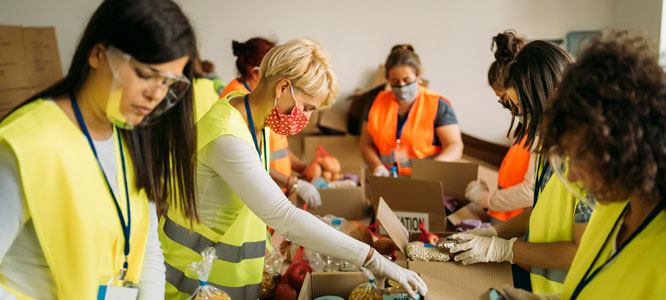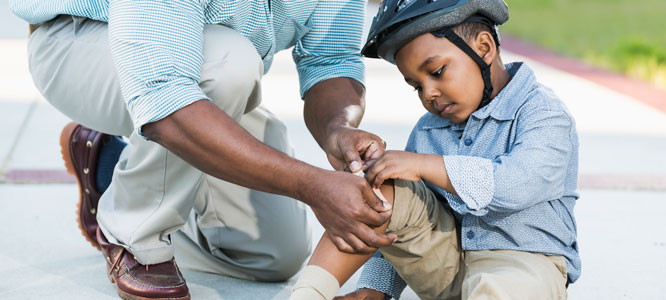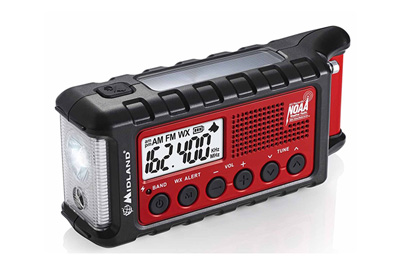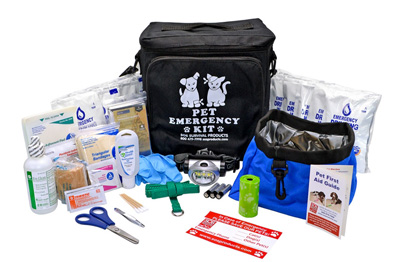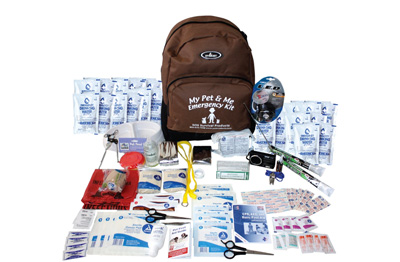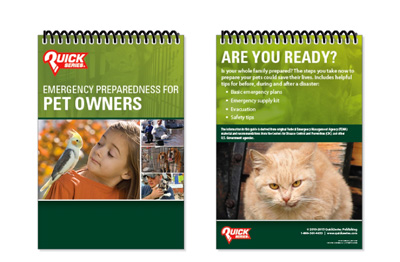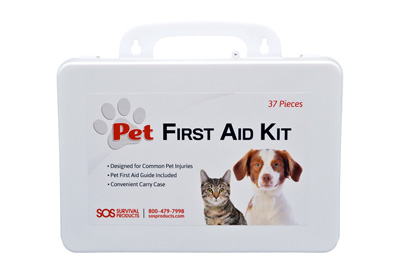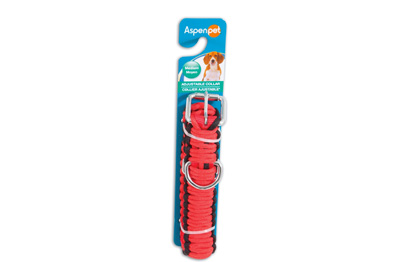
Planning for Evacuation with PetsTuesday, February 2, 2021 At SOS Survival Products, our priority is helping you get prepared so you're never caught off guard when a disaster occurs. Proper preparation begins with information - about potential risks, about your options and about the products that are available to you. Armed with information, you'll be able to craft a strong plan and execute it without major hiccups when the time comes. Each member of your family should be considered individually when creating your plan for evacuation. This includes any pets or livestock you may own. In the end, all aspects of your plan should work flawlessly together so that no one's left behind in the shuffle. Get InformedBetter planning begins with information. Whether you're traveling or staying put, being informed about your surroundings and any potentially arising risks will help you make the best decisions for yourself and your family. Get Informed About Natural DisastersStart by learning which common disasters could affect your area and which seasons carry the highest likelihood for a natural disaster to occur. Use this previous blog post to help you get started. Once you're aware of the risks around you, we recommend downloading an app to receive up-to-date weather alerts from the National Weather Service. These alerts will provide you with valuable information about weather occurrences such as hurricanes, tornadoes and floods. Apps such as these also provide safety tips and preparedness reminders about a wide range of common disasters, and will help you to locate a shelter should you need one. Because modern technology such as 4G, Wi-Fi and satellites can become unpredictable during a disaster, we also strongly recommend adding a hand-crank emergency radio capable of receiving NOAA weather stations to your list of essential items. Use the National Weather Service website to make a note of all relevant transmitter names, call signs and frequencies in your area, and keep a list with your emergency supplies for later. Get Informed About Fires
No one likes to think about the potential for a house fire, but the truth is there are over a million fires in the United States each year. While a fire can occur anywhere and for a variety of reasons, an overwhelming number of fires are caused by neglectful cooking practices such as walking away from the stove or cooking while tired or intoxicated. A staggering 80 percent of fire deaths occur in the home, so fire preparation should be a top priority on your family's list.
Unlike many natural disasters, fires occur without warning. You won't have apps or radios to help you navigate to safety, so it's important to practice fire safety and plan ahead for the worst today.
The best way to ensure you remain safe should a fire occur, is to confirm that your home’s smoke alarms, fire extinguishers and sprinklers are properly maintained. You'll also need an action plan for yourself and everyone in your home, in the event that a fire forces you to evacuate.
Make a PlanWhen planning for an emergency, it's important to consider the needs of each family member individually. Your pets are no different. Your animals depend on you 100 percent; you cannot teach them to use a cell phone or expect them to learn your family's evacuation plan. To begin, consider your pets' needs from start to finish.
Under no circumstances should your evacuation plan include leaving your pets at home or in the backyard where they'll be unable to fend for themselves. A pet that's left behind is at risk for injury and death; planning each detail of an evacuation ahead of time will give you all the best chance of survival. Leaving the Home
You may be warned to leave your home or have to evacuate very suddenly. If a sudden disaster occurs, don't panic. If your pet isn't by your side, check his or her common hiding places: under the bed, the couch or in the closet.
Reward-based training that uses foods or toys to teach your pet to respond to verbal or other audible cues can save lives and is well worth investing in. Whether your pet's escaped off the leash, slipped out the front door during a pizza delivery or is hiding away during a disaster evacuation, getting him or her to come to you on demand is a most valuable asset.
In an emergency situation, your pet may become inconsolably nervous and be unwilling to trust their surroundings. Nervous pets may not be capable of listening; if you know your pet can't calm down in a thunderstorm or during fireworks, for example, ensure you have the proper restraints available so there’s no chance of escape. Restraints could include a hard crate, a soft carrier or a leash and properly fitted harness.
You should practice getting your pet into a crate, kennel or to the car just as you'd practice an evacuation with your children. If your pet isn't normally confined in a crate, getting him or her to comply with you during an emergency can become a real struggle.
If you plan to move your pet into a crate or other strange confined space in an emergency, we recommend properly introducing these items to your pet prior to an emergency using plenty of treats and praise. Never under any circumstances, leave pets – or children – in the car alone.
Evacuating with livestock during a disaster event, while much more large-scale, is no different. In order to evacuate quickly and safely, you'll first need a plan that answers how you'll get your animals to safety, where you'll evacuate to, and what sort of items, contacts or identification you'll need once you've made it to safety.
Where Will You Go?Your evacuation plan begins with how you'll leave and ends with where you'll evacuate to. The route you take might differ depending on the disaster, and you should practice each from start to finish in order to address any potentially unforeseen obstacles before they have a chance to arise. Your destination should be outside of the danger zone where you’ll have access to food, water and vet care. Ensure that your animals can be part of your complete evacuation plan if you're forced into a shelter. If you find that no hotels or even shelters can accommodate your pets during an evacuation, it's time to contact boarding facilities or animal hospitals to get an understanding of their capabilities during an emergency situation. If you're able to leave your area to evacuate to another town or another state, ensure you create a list of hotels or Airbnbs that will accept pets. If you have friends or relatives nearby, discuss your needs in the event of an emergency with them ahead of time. Update your list of contacts and pet-friendly homes or hotels once every six months. Don't wait to have these difficult conversations until it's too late. Planning ahead for the worst-case scenario today will keep you from ending up in unforeseen yet avoidable circumstances such as being forced to remain in your home or sleep in your car during unsafe conditions. What You’ll BringWhen packing for yourself and your pets, it's important to adhere to a strict list so nothing important gets left behind and you don't end up with a trunk full of toys and Christmas sweaters. Emergency ContactsKeep a list of contacts with your go-bag so it's always where you'll need it.
Supplies
WaterAlthough the goal of evacuation is to escape to a destination that's capable of providing shelter, safety and other survival essentials such as water, we recommend never evacuating your home without at least some water. That’s because, depending on the severity of the disaster, it may be unlikely that you'll be able to acquire these basics for a few days. Therefore, your go-bag should contain water for three days for each member of your family - at minimum. Don't waste water, but don't conserve it either. Drink water regularly and before you become thirsty. Once thirst sets in, dehydration has already begun. Give your pets free or regular access to clean drinking water. Plan that each member of your family, including pets, will require 64 oz. of clean water daily. Livestock requires much more water daily. On average, one horse will consume up to 20 gallons of water per day. You’ll need to plan for this in the event of an evacuation by bringing along adequate water to keep animals alive and healthy. FoodKeep at least three days’ worth of food in your go-bag. This includes food for each member of the family. Keep food in airtight and waterproof containers. We recommend using compact, high-calorie foods with a lengthy shelf life such as the Datrex food bar. These survival bars are designed to provide ample carbohydrates, fats and proteins in affordable packages that are Coast Guard approved. Most dry foods for dogs and cats are safe to consume for up to a year after manufacturing, while canned foods generally last slightly longer. Unopened cans of pet food can last up to five years, depending on the kind of preservatives used. Livestock is generally capable of surviving well without food. By providing adequate amounts of water alone, you should be able to ensure the wellbeing of your livestock for days and even weeks without access to food supplies. Handling EquipmentNot being able to properly handle your pet or livestock in an emergency situation can result in disaster. The type of equipment you'll need will depend on the type of animal you have, but be careful to consider that a fearful animal who normally walks happily with only a leash might become panicked or even aggressive when disaster strikes. While you cannot predict how your animals will react during a fire, a storm or an earthquake, you can prepare. There is a wide range of handling equipment available for pets and livestock.
Emergency KitEvery family needs an emergency kit to mitigate potential injuries such as cuts and scrapes. We recommend participating in a First Aid course for children, adults and pets to adequately prepare you to properly apply bandages and splints, deal with blood loss and more. An affordable pocket guide such as this one will provide a quick reference during emergencies to help you provide proper daily care, first aid, injury assessment and more. Your kit should include bandage rolls, bandage tape, bandage scissors, antibiotic ointment, gloves, rubbing alcohol, saline solution and tweezers. These are minimum requirements. Medications, Identification & Shot RecordsIt's absolutely vital that all animals in your care have proper identification records. This includes registration information, purchase or adoption papers and vaccination records. Your city ID and rabies tags should be attached to your pet's collar, along with any identification information such as name, address and phone number. Talk to your veterinarian about microchipping or enrolling your pet in a national recovery database. Whether your pet gets occasional ear infections or needs a daily insulin shot, plan ahead so that you have spare medication when you need it. Over-the-counter antihistamine such as Benadryl may be used to calm your pet, however, ensure that you know how your pet will respond to a specific medication before administering it. You can give your pet 1 mg of Diphenhydramine HCl (Antihistamine) per one pound of body weight. Never administer OTC pain medications to a pet. Ask your vet about which medications are appropriate to provide for pain, allergies, stomach upset or nervousness and in which dosages. Your vet is able to prescribe affordable alternatives many of the over-the-counter medications you use. Other Items to Consider
Thinking about encountering potential emergencies involving your pet is difficult and scary. However, by planning ahead, you’ll be able to provide the most advanced care and best chance of survival for everyone involved. Don’t wait, plan today. |


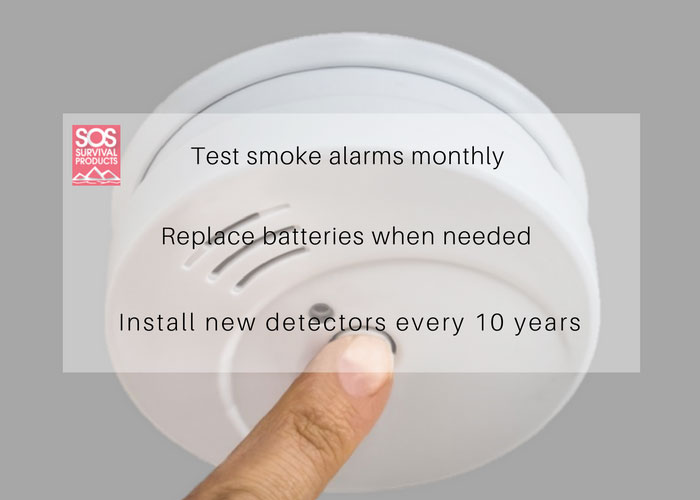
 Just like with any animal, it'll be important to get your livestock accustomed to being loaded into a transport trailer. Practice this so they’ll go willingly when the time comes. Always plan to evacuate with your animals whenever possible. Map out potential routes in advance and ensure all transport vehicles or trailers are available, up to date and fully functional.
If it's not possible for you to evacuate your livestock on your own, you'll need to decide if there's time to move the herd to a shelter or if you'll need to turn them outside.
Just like with any animal, it'll be important to get your livestock accustomed to being loaded into a transport trailer. Practice this so they’ll go willingly when the time comes. Always plan to evacuate with your animals whenever possible. Map out potential routes in advance and ensure all transport vehicles or trailers are available, up to date and fully functional.
If it's not possible for you to evacuate your livestock on your own, you'll need to decide if there's time to move the herd to a shelter or if you'll need to turn them outside.
